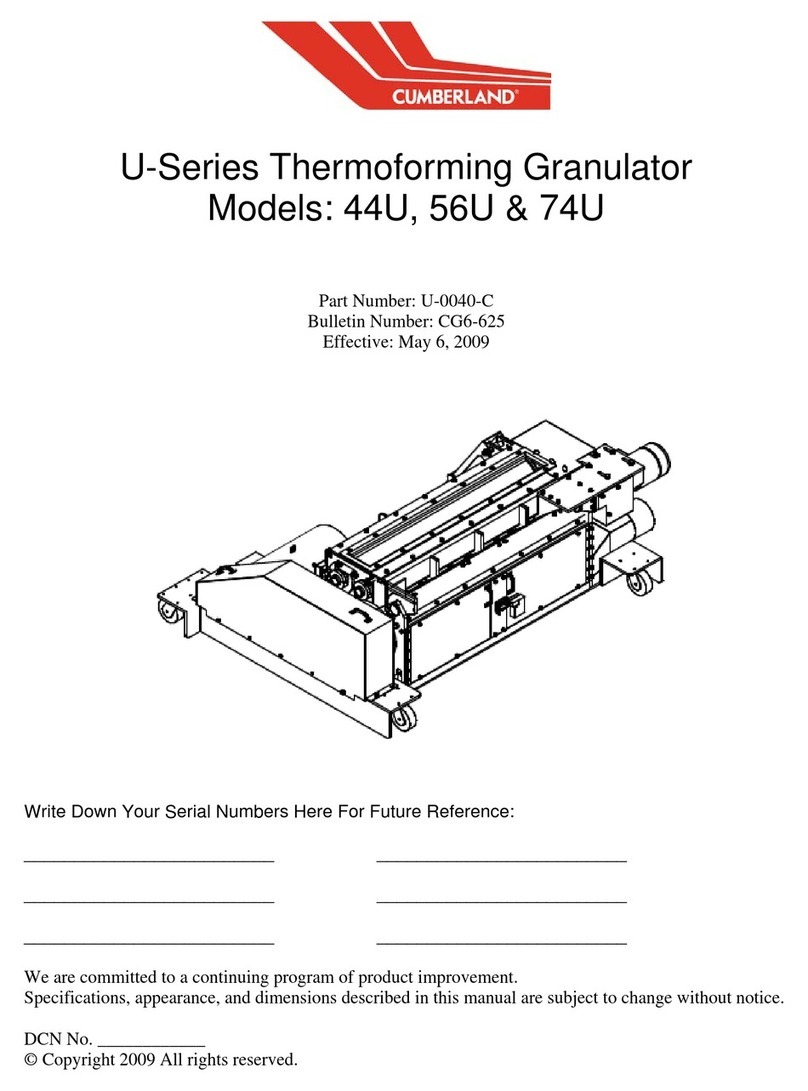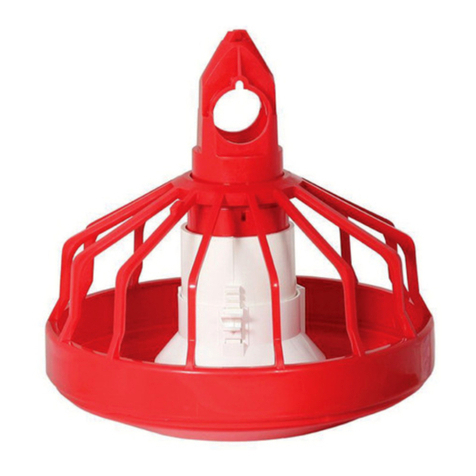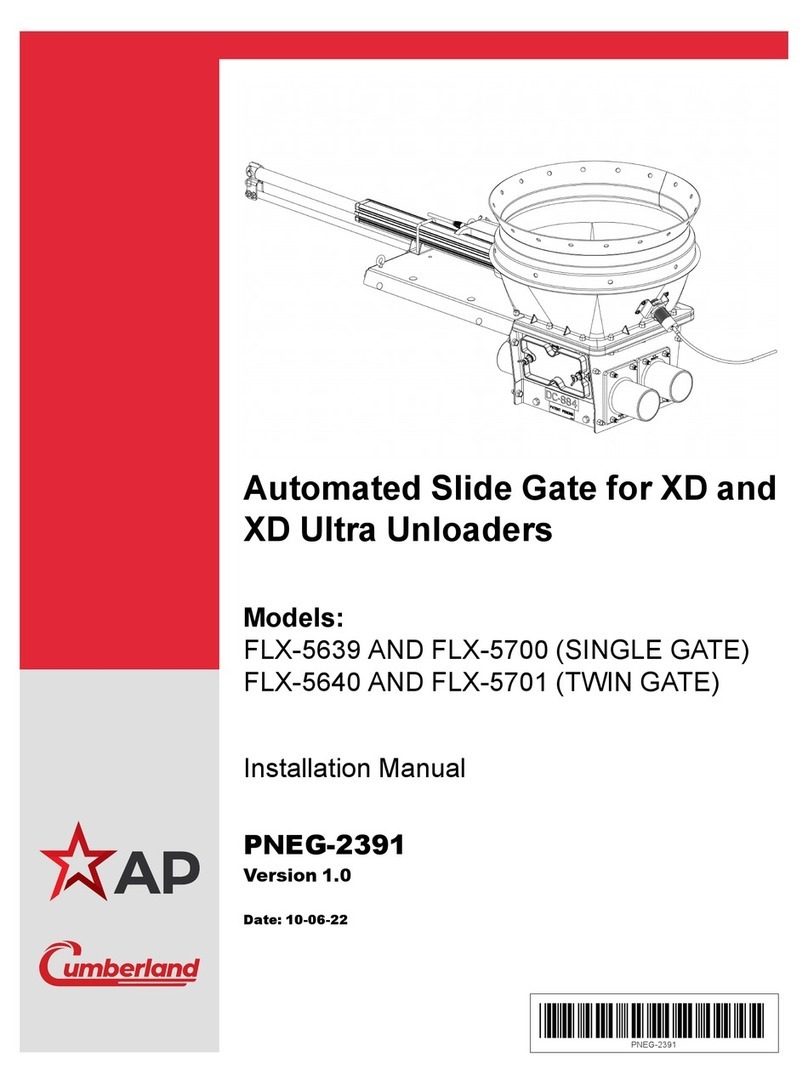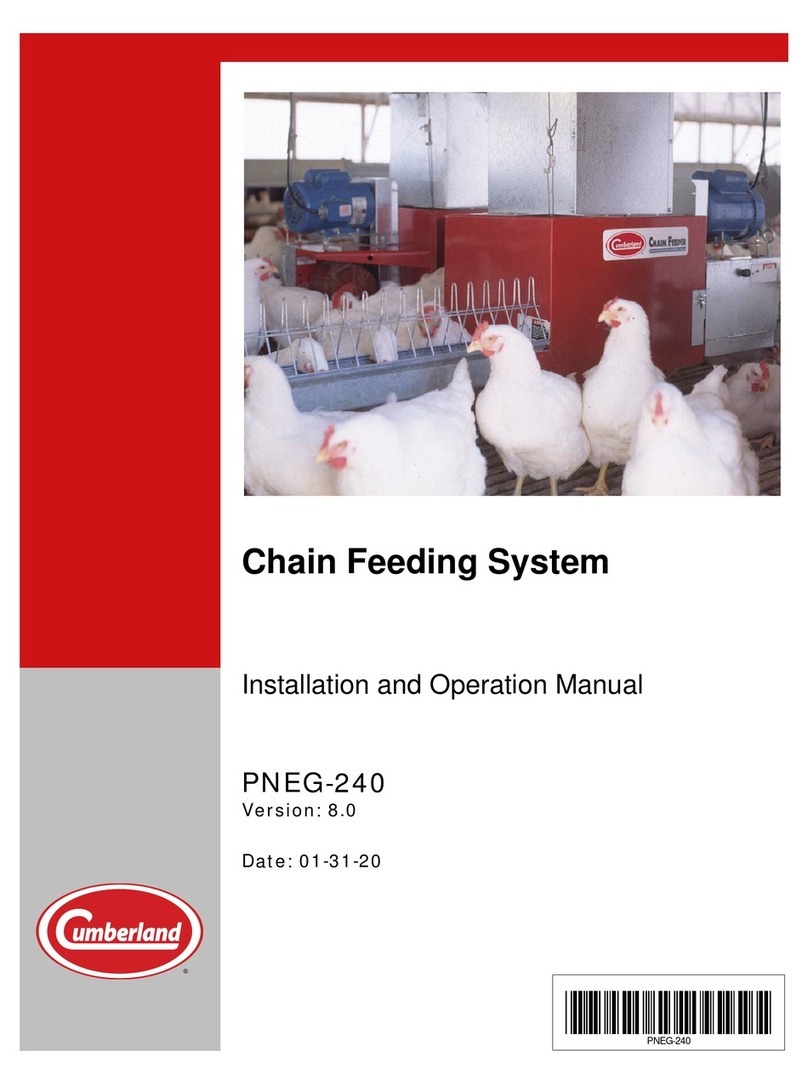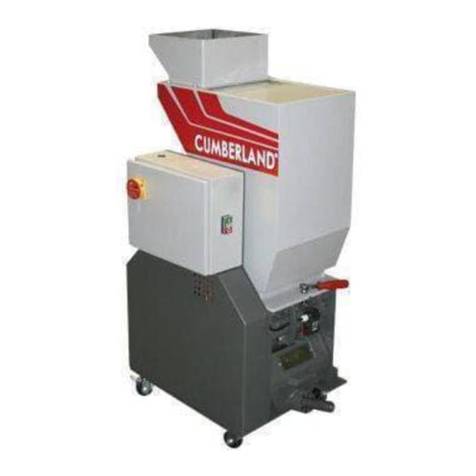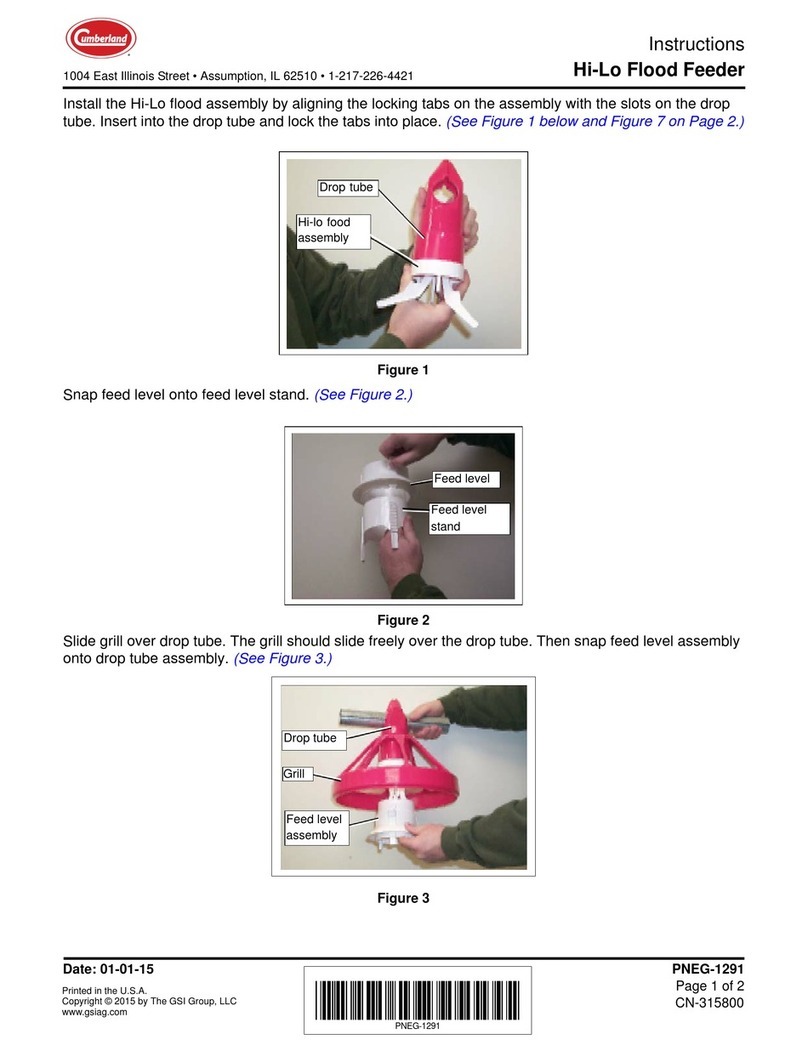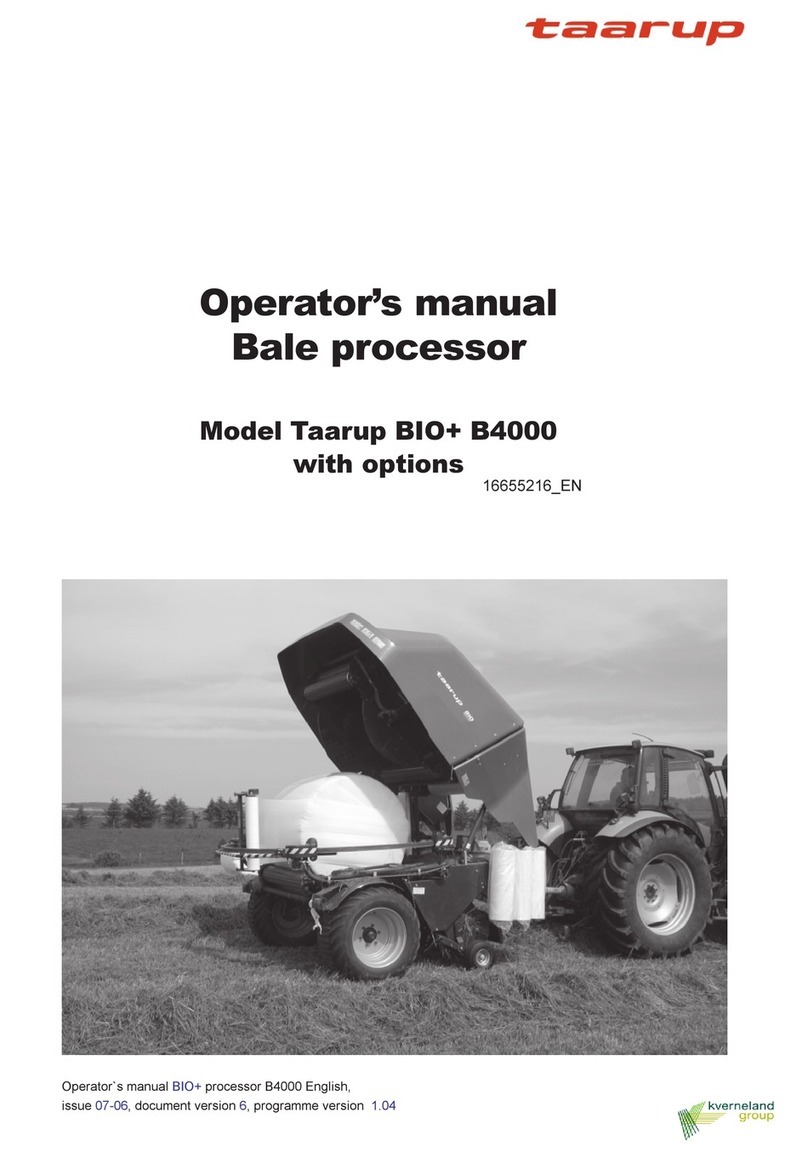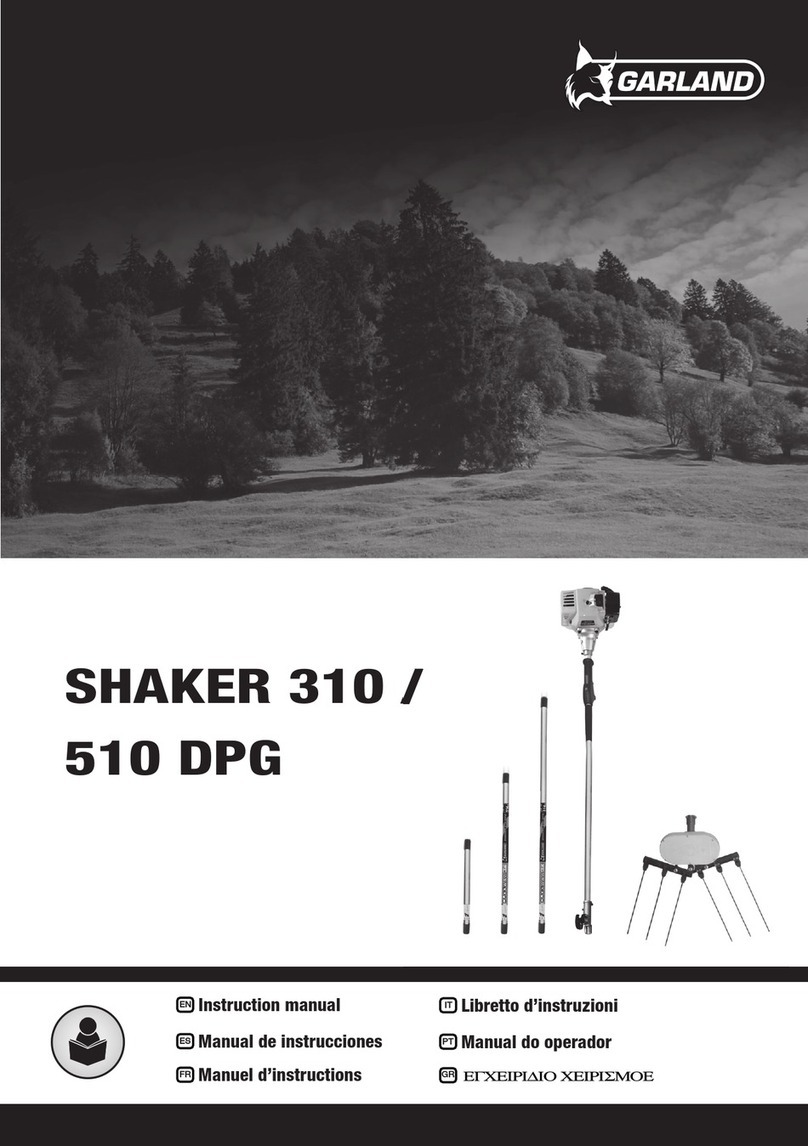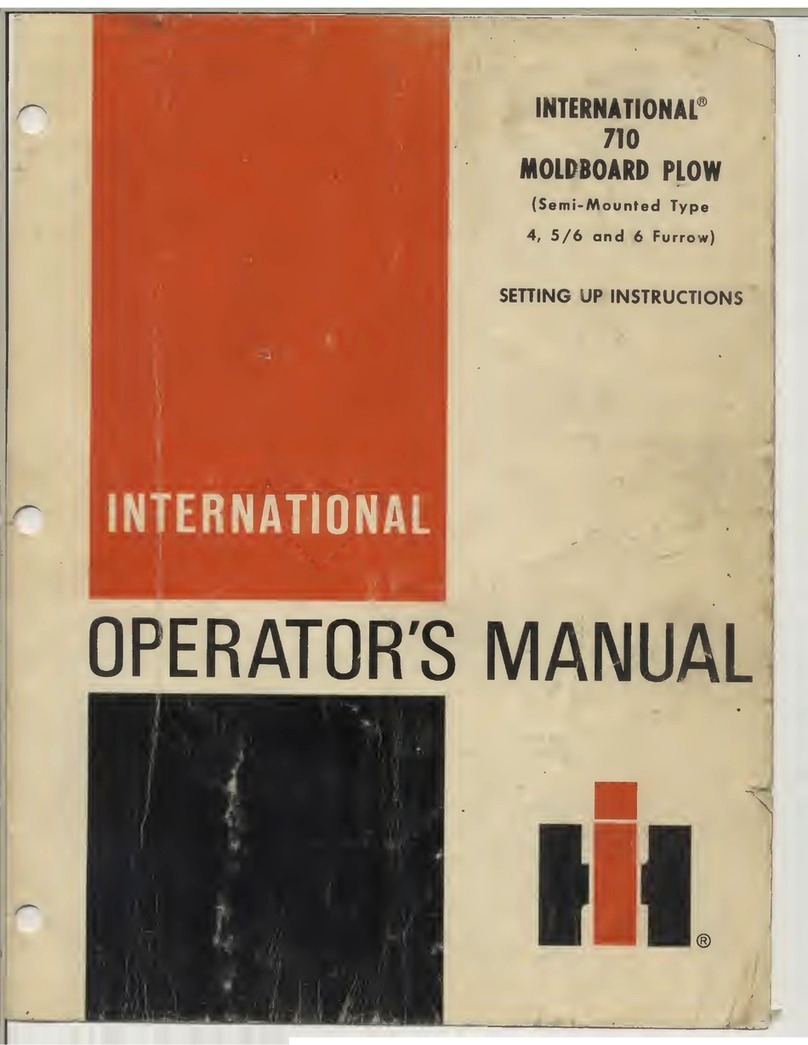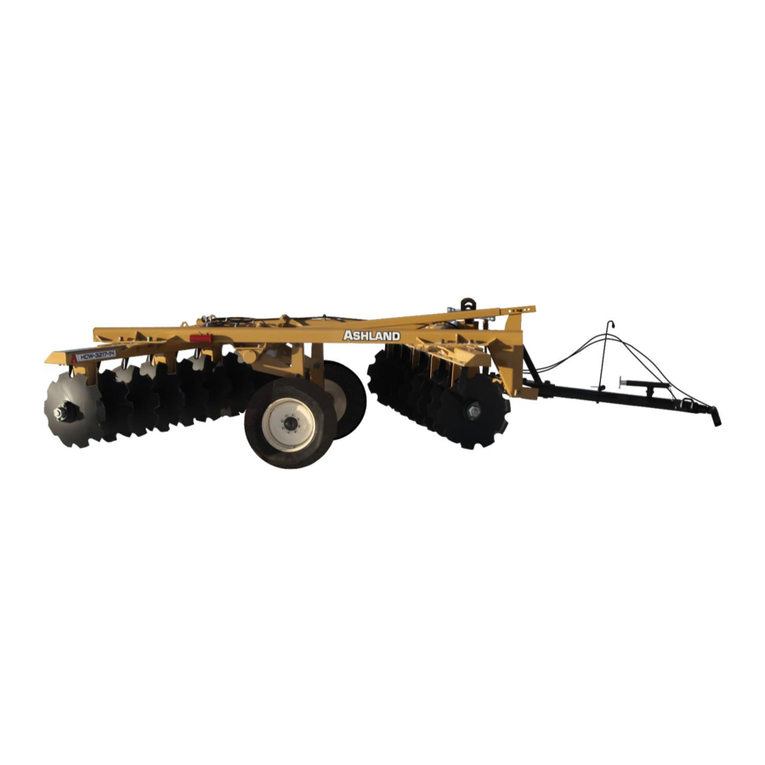
Part No. 4801-0150 Rev 1-20 Farm Hand Swine Finisher 5 Stage Table of Contents
Table of Contents
1. Ratings and specifications..............................................................................................................................3
2. Warnings ........................................................................................................................................................3
3. Introduction....................................................................................................................................................4
4. Day to Day Operating Instructions.................................................................................................................4
4.1 Checking/Adjusting Temperatures, and Timer Percentages...................................................................4
4.2 Running Curtain Machines.....................................................................................................................5
5. Program Mode................................................................................................................................................5
5.1 Stage Parameters ....................................................................................................................................6
5.1.1 Stage Sensors (P1)..........................................................................................................................6
5.1.2 Stage Mode (P2).............................................................................................................................6
5.1.3 Stage Mode (P3).............................................................................................................................7
5.1.4 Stage OnPoints (P4) .......................................................................................................................7
5.1.5 Stage OffPoints (P5).......................................................................................................................7
5.1.6 Minimum Runtime Percentage (P10) (Variable Stages Only)........................................................7
5.1.7 Motor Curve (P11) (Variable Stages Only)....................................................................................8
5.2 Curtain Parameters .................................................................................................................................8
5.3 Cool Timer Settings................................................................................................................................9
5.4 PC Compatible Network Parameters......................................................................................................9
5.5 Sensor Calibration..................................................................................................................................9
6. Rarely Changed Settings ..............................................................................................................................10
6.1 Switch Settings.....................................................................................................................................10
7. Controller Installation and Setup..................................................................................................................11
7.1 Installation............................................................................................................................................11
7.1.1 Tools Required .............................................................................................................................11
7.1.2 Installation Instructions ................................................................................................................11
8. Programming Examples ...............................................................................................................................11
8.1 Setting up a Stage.................................................................................................................................11
8.2 Setting Up Tunnel Control ...................................................................................................................12
8.3 Cool Timer Stage Operation.................................................................................................................13
8.4 Setting up a Cool Timer Stage..............................................................................................................14
8.5 Variable Speed Fan Control .................................................................................................................15
8.6 Setting Up a Variable Speed Fan..........................................................................................................15
9. Maintenance .................................................................................................................................................16
10. Wiring Diagrams..........................................................................................................................................16
10.1 Connecting Stages to a Relay Panel .....................................................................................................17
10.2 Connecting Equipment Directly to the Controller................................................................................18
10.3 Curtain Machine Wiring.......................................................................................................................19
10.4 Variable Speed Fan Wiring ..................................................................................................................20
10.5 Sensor Wiring.......................................................................................................................................21
10.6 Connecting AC Power To the Swine Finisher......................................................................................22
10.7 Connecting the Swine Finisher to a Data Shuttle.................................................................................23
10.8 Connecting the Swine FInisher to a Series or Parallel Alarm ..............................................................24
11. References....................................................................................................................................................25
11.1 Program Reference...............................................................................................................................25
11.2 Error Codes...........................................................................................................................................28
11.2.1 Descriptions..................................................................................................................................28
11.2.2 Possible Solutions.........................................................................................................................28
11.3 Temperature vs. Sensor Resistance Table............................................................................................29
12. Program Parameter Listing...........................................................................................................................30
13. Error Code Listing........................................................................................................................................30
14. Curtain Movement Time (sec.) Vs. Distance (inches/cm.)...........................................................................31
15. Program Data Sheet......................................................................................................................................32
16. Warranty....................................................................................................... Error! Bookmark not defined.

